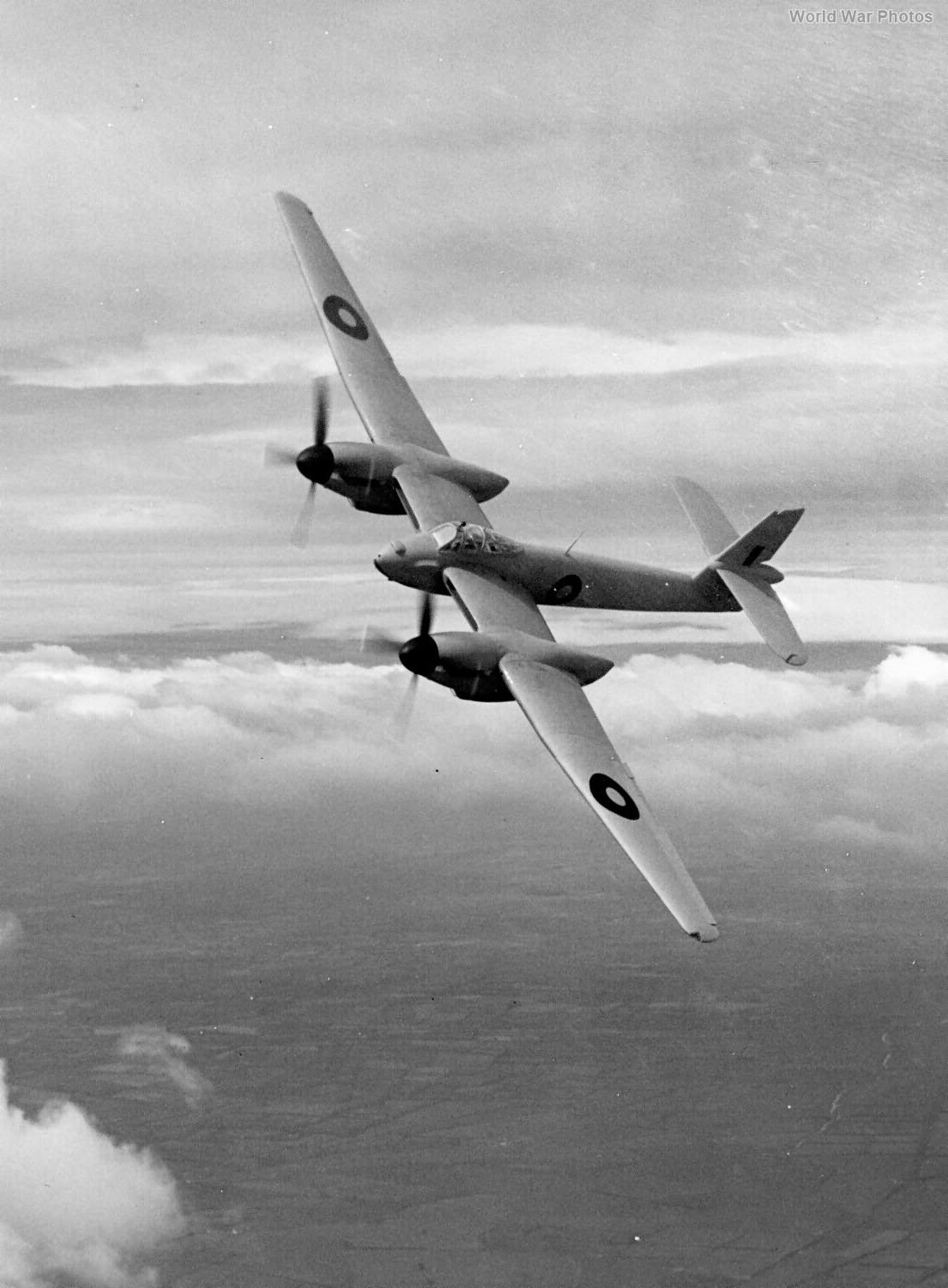Westland Welkin Design and Development Challenges
The Westland Welkin, primarily designed as a high-altitude interceptor, possessed several key features and faced significant challenges during its development.
Primary Design Features
Pressure Cabin: A defining feature was its pressurized cabin, designed to allow the pilot to operate at high altitudes with relative comfort. This cabin, constructed as an independent unit of heavy-gauge, bulletproof light alloy, was bolted to the main spar and sealed with a rubber gasket that inflated as cabin pressure increased.
Armament: The Welkin was initially designed to carry six 20mm cannons but this was later reduced to four to save weight. The cannons were mounted in the nose of the aircraft.
Engine and Propellers: It was powered by two Rolls-Royce Merlin engines, initially Mk XXs, but later two-stage, two-speed Mk 61s in the prototypes. These engines drove four-bladed de Havilland constant-speed, non-feathering propellers.
Wing Design: The Welkin had a long wingspan, eventually reaching 70ft, which was unusually large for a single-seat fighter. This design aimed to provide sufficient lift at high altitudes.
Development Challenges
Engine and Propeller Problems: The Welkin faced persistent engine and propeller problems throughout its development. The initial non-feathering propellers led to dangerous overspeeding of the engines if one engine failed, necessitating numerous emergency landings.
Control Issues: The aircraft exhibited control issues, particularly with the ailerons, which were heavy and sluggish, especially at high altitude. This limited the Welkin’s maneuverability, a significant drawback for a fighter aircraft.
Compressibility: The Welkin’s thick wing design led to compressibility problems at high speeds, resulting in control difficulties and limiting its maximum dive speed. This issue further hampered its effectiveness as an interceptor.
Shifting Requirements: The Welkin’s development coincided with a decline in the perceived threat of high-altitude German bombers, its intended target. This led to waning interest from the RAF and the exploration of alternative roles, none of which proved successful.
Despite Westland’s considerable efforts, the Welkin never entered operational service with the RAF. Only 77 complete aircraft, including two prototypes, were built, and most were scrapped soon after the war.
Although not a successful combat aircraft, the Welkin’s development yielded valuable experience in high-altitude flight and, crucially, in pressure cabin design. This knowledge proved beneficial for future British aircraft and contributed to the establishment of Normalair, a Westland subsidiary specializing in cabin pressurization systems.
